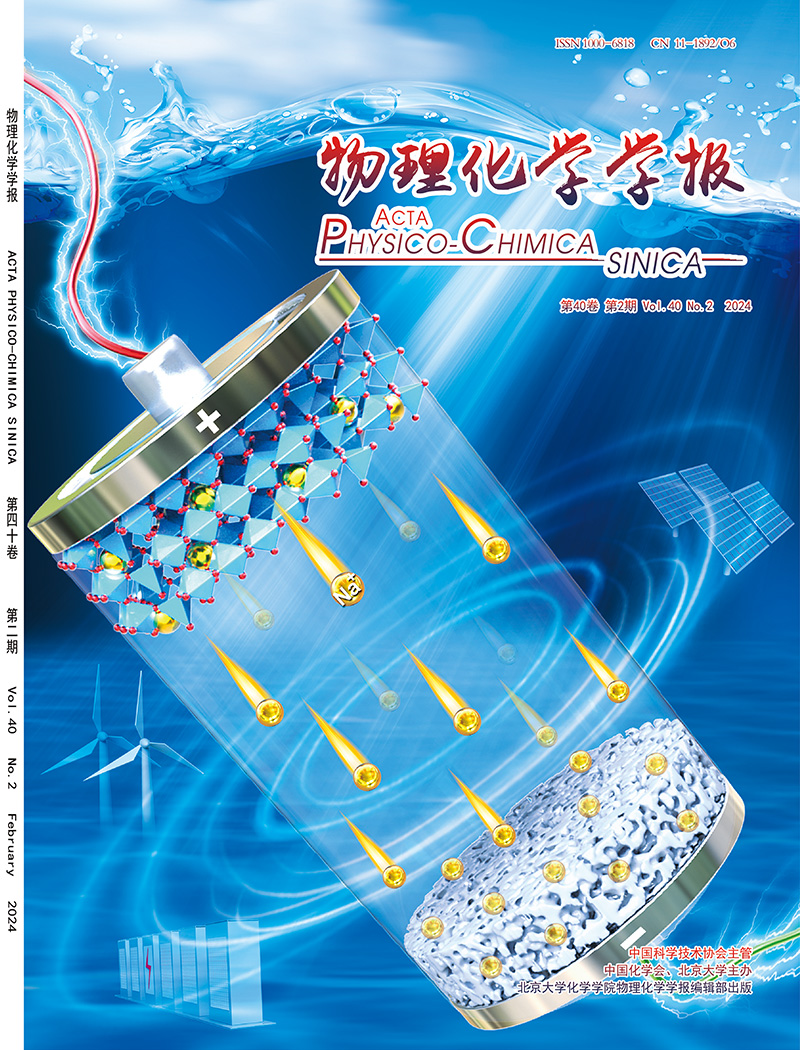Sulfide solid electrolyte synthesized by liquid phase approach and application in all-solid-state lithium batteries
IF 13.5
2区 化学
Q1 CHEMISTRY, PHYSICAL
引用次数: 0
Abstract
Current commercialized lithium-ion batteries generally suffer from safety issues due to using flammable organic liquid electrolytes. All-solid-state lithium batteries employing solid electrolytes instead of organic liquid electrolytes and separators possess the advantages of both good safety and high energy density, which are expected to be the most promising energy storage devices for the next generation electric vehicles and smart grid. Sulfide solid electrolytes are regarded as crucial components for all-solid-state rechargeable batteries for the merits of their high room temperature ionic conductivities that approach or exceed liquid organic electrolytes and excellent mechanical ductility. The preparation methods of sulfide solid electrolytes are mainly divided into three categories, i.e. solid-state sintering, ball milling and liquid-phase method. However, solid-state sintering and ball milling are time-consuming accompanied by high energy consumption. At the same time, the synthesized electrolyte particles are large in size, which seriously limits the practical application of sulfide solid electrolytes. In contrast, the liquid-phase method, using organic solvents as the medium, can synthesize sulfide solid electrolytes with controlled particle sizes, which is a simple and time-saving process and more suitable for large-scale production. In this review, we begin by introducing the crystal structures and ion transport mechanisms of major sulfide solid electrolytes including Li2S–P2S5 binary sulfide solid electrolytes, Li10GeP2S12 and Li6PS5X (X = Cl, Br, I) ternary systems, and summarize the progress of sulfide solid electrolytes prepared by liquid phase method in recent years. Based on the solubility state of the reagents in the solvent, the liquid-phase synthesis of sulfide solid electrolytes can be categorized into suspension type, solution type and mixed type, and their reaction mechanisms are discussed separately. Subsequently, we summarize the effect of solvents on the properties of liquid-phase synthesized sulfide solid electrolytes, such as purity, morphology, crystallinity and ionic conductivity. In addition, the application of liquid-phase synthesized sulfide solid electrolytes for all-solid-state lithium batteries is presented from six aspects: sulfide solid electrolytes coated on active materials, electrolyte-active material composites, electrolyte injection into porous electrodes, interfacial modification at solid-solid contact triple-interfaces within electrode layers, electrolyte elemental doping and electrolyte film preparation, which demonstrates the superior scalability of the liquid-phase method and the diverse application prospects. Finally, according to the current research status of the sulfide solid electrolytes synthesized by liquid phase method, the advantages and limitations of the liquid phase synthesis of sulfide solid electrolytes are also analyzed, providing the development direction for the liquid phase synthesized sulfide solid electrolyte for all-solid-state lithium batteries in future.

液相法合成硫化物固体电解质及其在全固态锂电池中的应用
目前商品化的锂离子电池由于使用易燃的有机液体电解质,普遍存在安全问题。采用固体电解质代替有机液体电解质和隔膜的全固态锂电池,具有安全性好、能量密度高的优点,有望成为下一代电动汽车和智能电网最有前途的储能装置。硫化物固体电解质具有接近或超过液态有机电解质的高温离子电导率和优异的机械延展性,被认为是全固态可充电电池的重要组成部分。硫化物固体电解质的制备方法主要分为固态烧结、球磨法和液相法三大类。但固态烧结和球磨工艺耗时长,能耗高。同时,合成的电解质颗粒尺寸较大,严重限制了硫化物固体电解质的实际应用。相比之下,液相法以有机溶剂为介质,可合成粒径可控的硫化物固体电解质,工艺简单省时,更适合大规模生产。本文首先介绍了主要的硫化物固体电解质,包括Li2S-P2S5二元硫化物固体电解质、Li10GeP2S12和Li6PS5X (X = Cl, Br, I)三元体系的晶体结构和离子输运机理,总结了近年来液相法制备硫化物固体电解质的研究进展。根据试剂在溶剂中的溶解度,将液相合成硫化物固体电解质分为悬浮型、溶液型和混合型,并分别对其反应机理进行了讨论。总结了溶剂对液相合成硫化物固体电解质纯度、形貌、结晶度和离子电导率等性能的影响。此外,从六个方面介绍了液相合成硫化物固体电解质在全固态锂电池中的应用:硫化物固体电解质包覆在活性材料上、电解质-活性材料复合、电解质注入多孔电极、电极层内固-固接触三界面界面修饰、电解质元素掺杂和电解质膜制备等,均显示了液相法优越的可扩展性和广阔的应用前景。最后,根据液相法合成硫化物固体电解质的研究现状,分析了液相合成硫化物固体电解质的优点和局限性,为未来全固态锂电池用液相合成硫化物固体电解质提供了发展方向。
本文章由计算机程序翻译,如有差异,请以英文原文为准。
求助全文
约1分钟内获得全文
求助全文

 求助内容:
求助内容: 应助结果提醒方式:
应助结果提醒方式:


